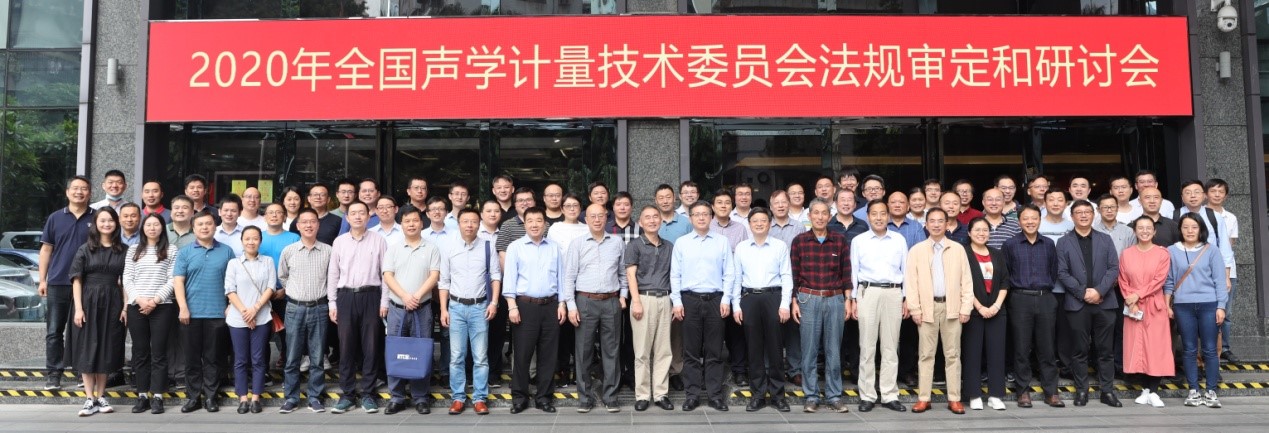
From November 18th to 21st, the 2020 Regulation Review and Special Seminar of the National Acoustic Metrology Technical Committee was successfully held in Guangzhou, Guangdong. More than 70 members and technical experts from national metrology technical institutions, universities, research institutes and enterprises attended the meeting. He Longbiao, Secretary-General of the Technical Committee and Researcher of the China National Institute of Metrology, reported on the work summary of the Technical Committee in 2020, including the release and dissemination of regulations and specifications, the progress of approved project tasks, the collected plan applications, and the committee’s term change. Subsequently, Yang Ping, Chairman of the Technical Committee and Researcher of the China National Institute of Metrology, Wang Yuebing, Vice Chairman and Professor of China University of Metrology, and Lv Yadong, Researcher of the Institute of Acoustics of the Chinese Academy of Sciences, reported on the challenges and opportunities facing acoustic metrology under the new situation, and suggested focusing on the acoustic metrology needs in new fields such as artificial intelligence and the Internet of Things.
In the special report, Professor Lu Jing of Nanjing University introduced the progress of intelligent audio technology and the potential application of acoustic metrology technology. Dr. Wu Qunli, a representative of acoustic enterprises, introduced the development and application of 5G acoustic measurement and cloud computing systems. He Yonggang, a senior engineer of the Third Research Institute of China Electronics Technology Group Corporation, introduced the relevant business and measurement capabilities of acoustic metrology. The participants had in-depth exchanges on technology development and demand docking. The meeting reviewed and approved 9 technical regulations, including “Verification Regulations for Motor Vehicle Horn Monitoring System”, “Verification Regulations for Noise Dosimeters”, “Infrasound Sensor Calibration Specifications”, “Watt-level Standard Ultrasonic Source Verification Regulations”, and “20 Hz~1 kHz Vector Hydrophone Verification Regulations (Standing Wave Tube Method)”. The meeting demonstrated the project application of 9 technical regulations, including “Wireless Noise Meter” and “Acoustic Vector Sensor Calibration Specifications”. Among them, 2 were discussed and approved at the meeting, and 7 applications need to be further discussed after the application form is improved and the committee letter is reviewed.
Subsequently, the electroacoustic, ultrasonic and hearing working groups under the committee reported on the centralized review of national metrology technical specifications. The review conclusions were divided into continued validity, revision and urgent revision. For each technical specification to be revised, the participating members and experts formed the final review opinions after discussion.
The relevant technical regulations approved at this annual meeting play an important role in promoting scientific law enforcement and industrial integration development in the field of acoustics. The relevant reports have stimulated discussions on how acoustic metrology can adapt to the new SI unit system, the Internet of Things and big data, and have a good driving effect on deepening the in-depth cooperation between universities, research institutes and enterprises and better supporting industrial and economic development.


